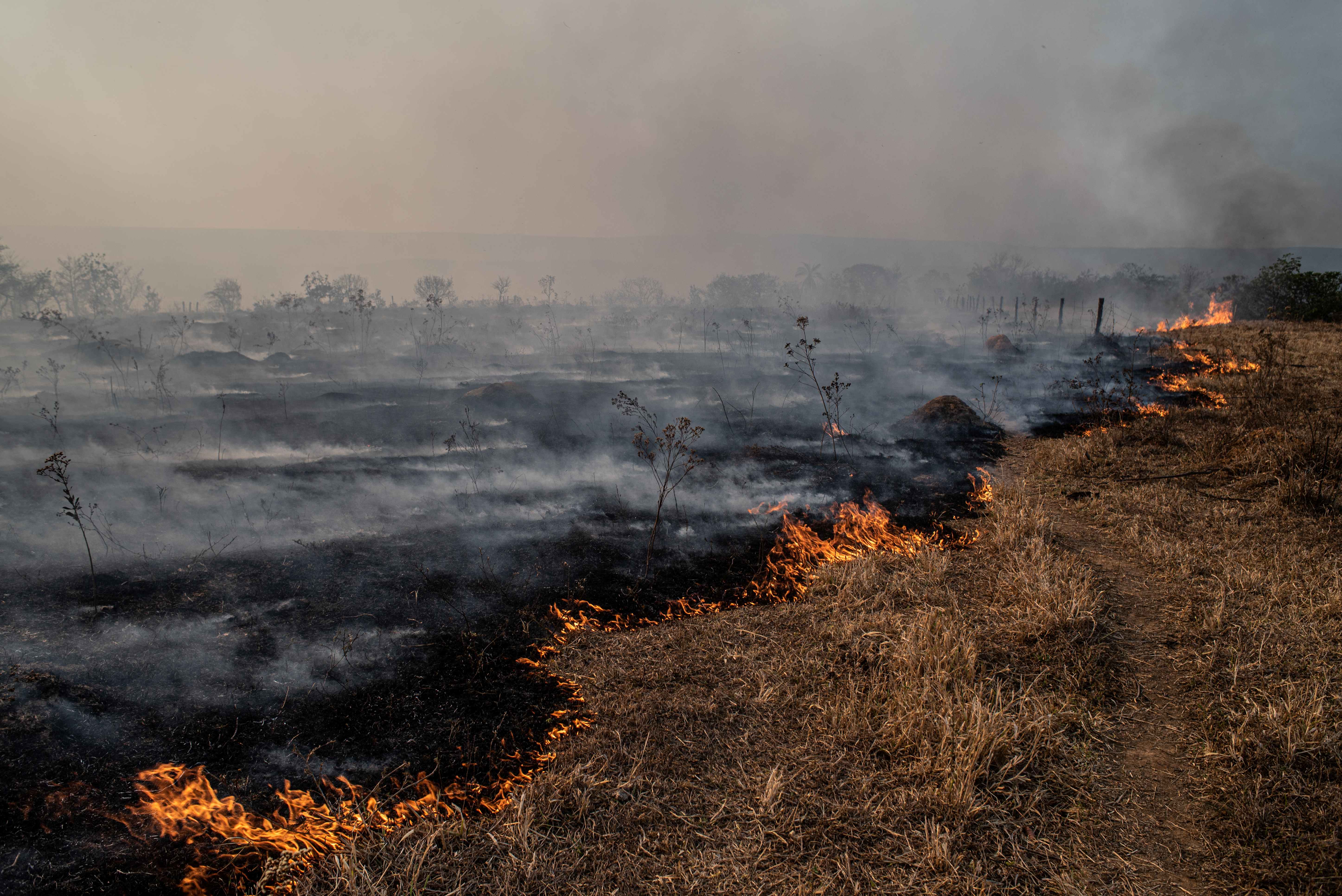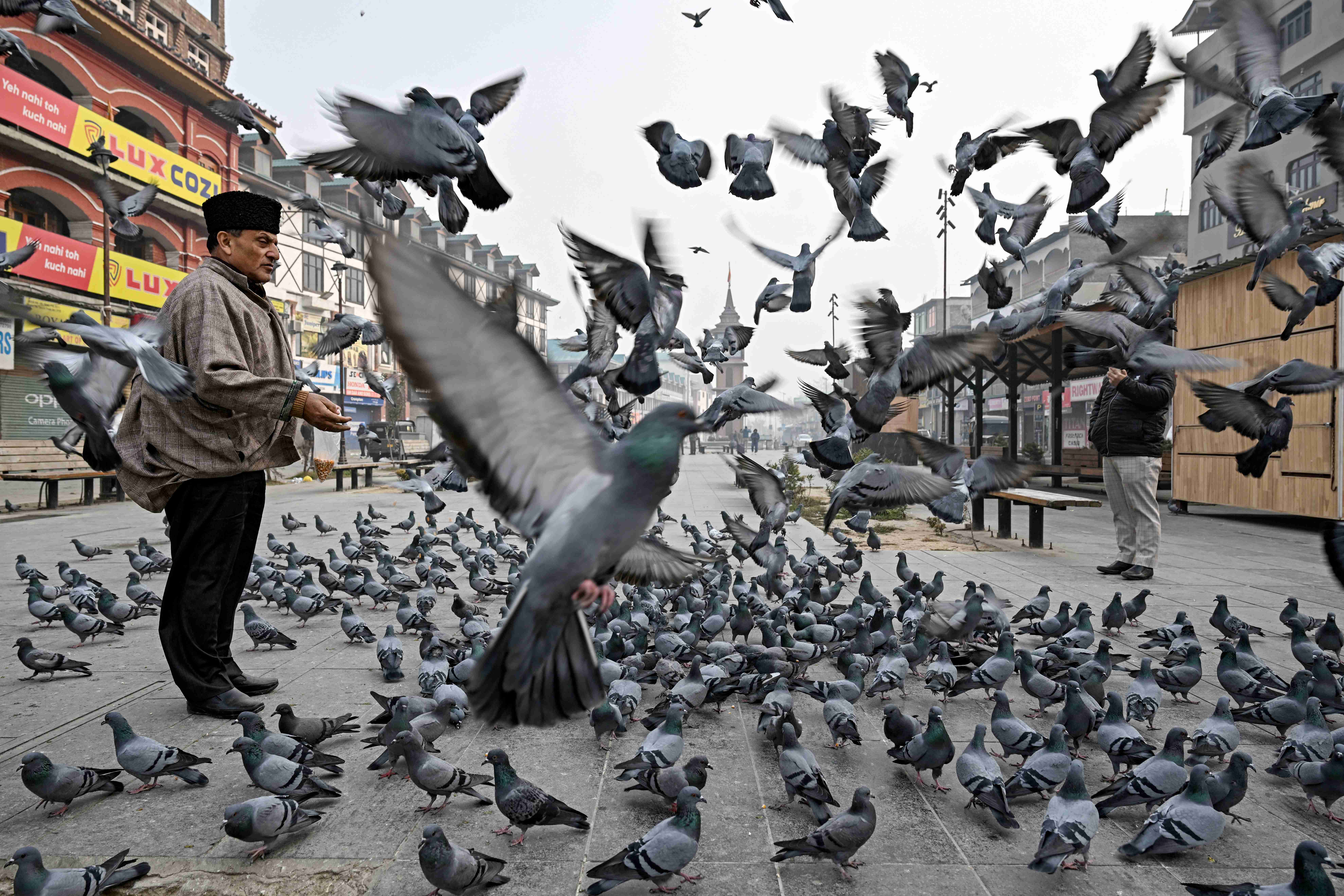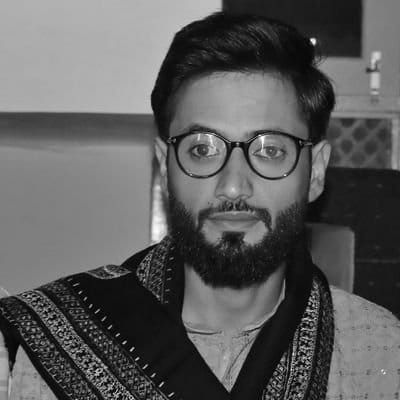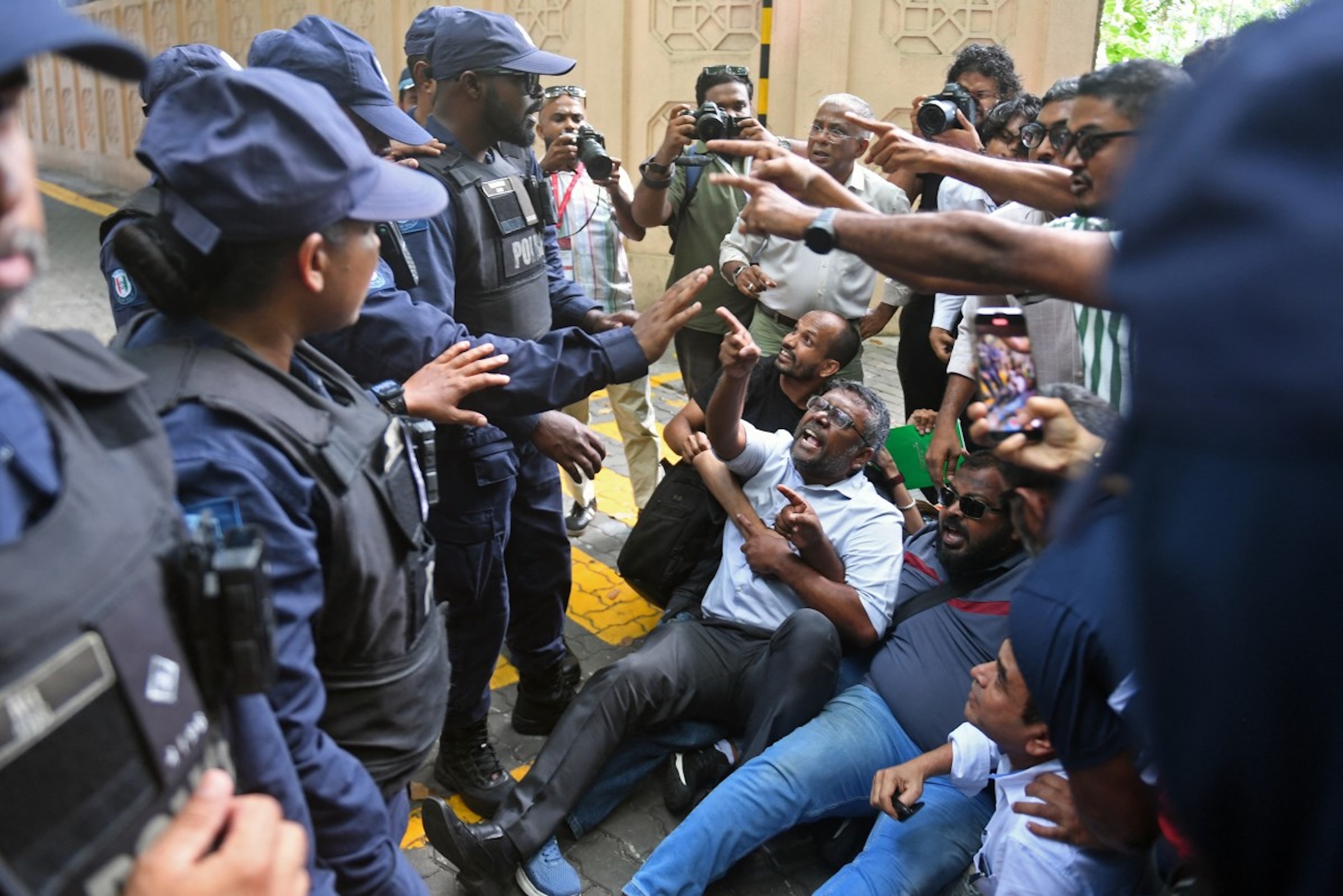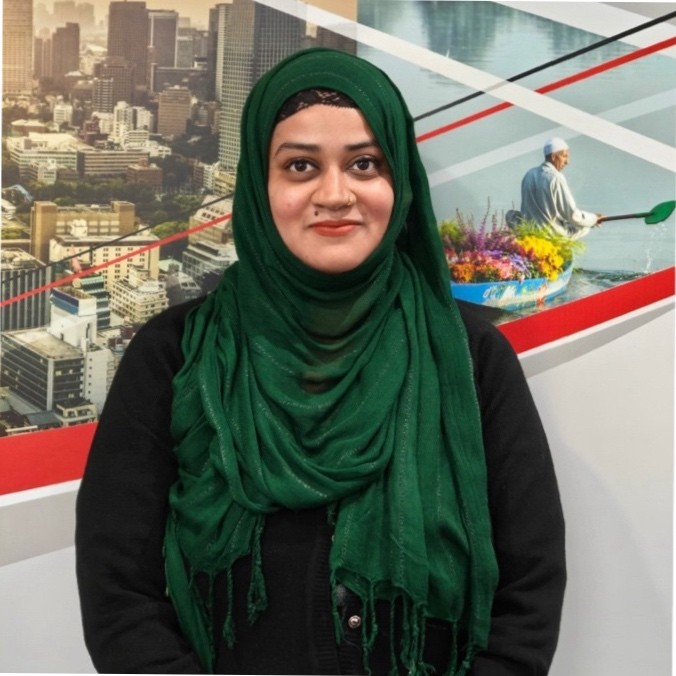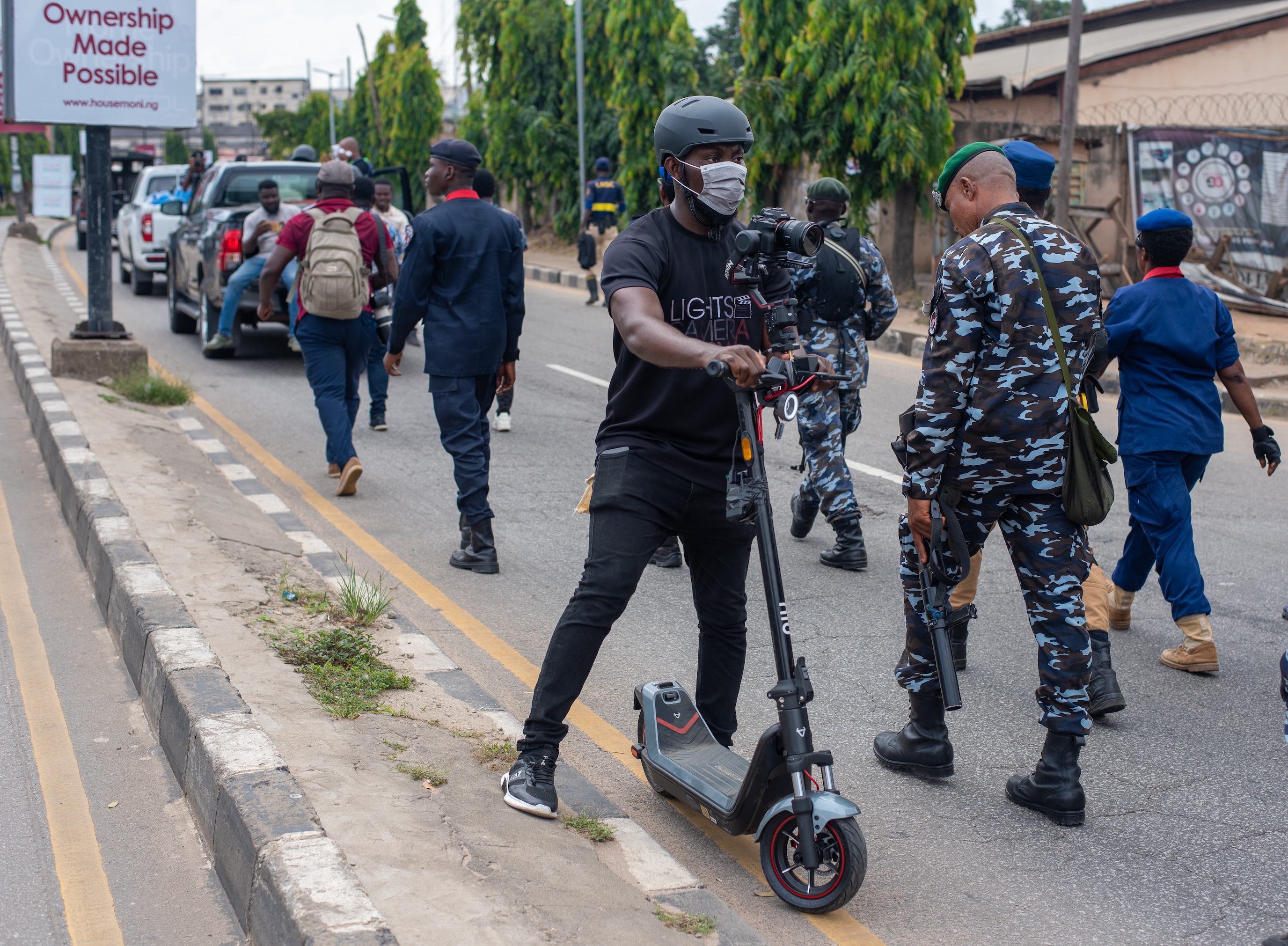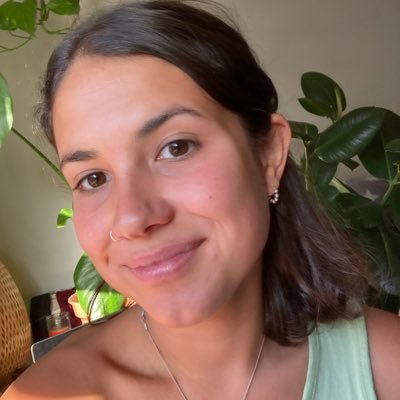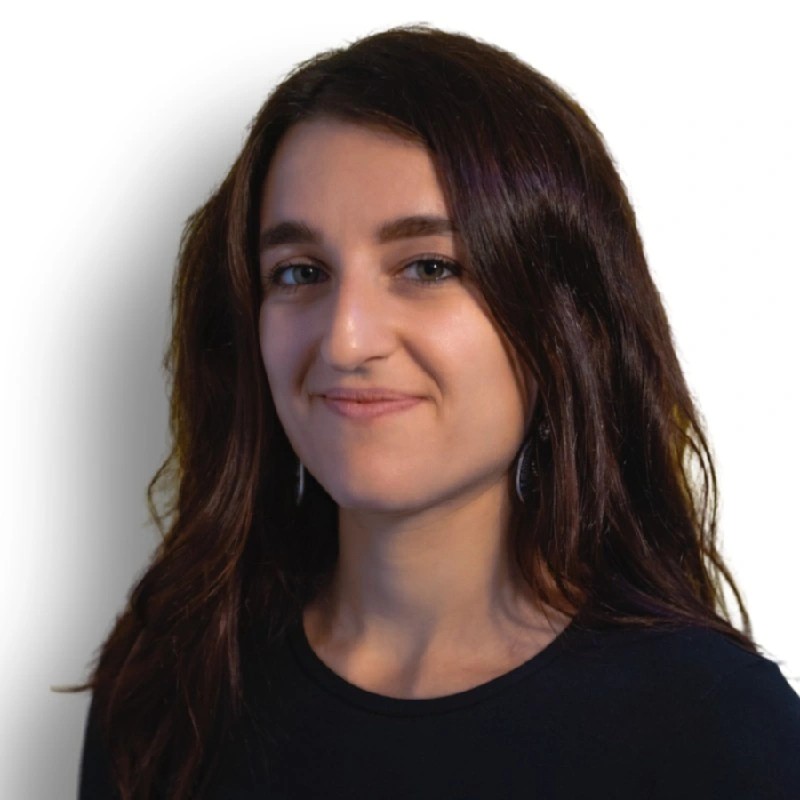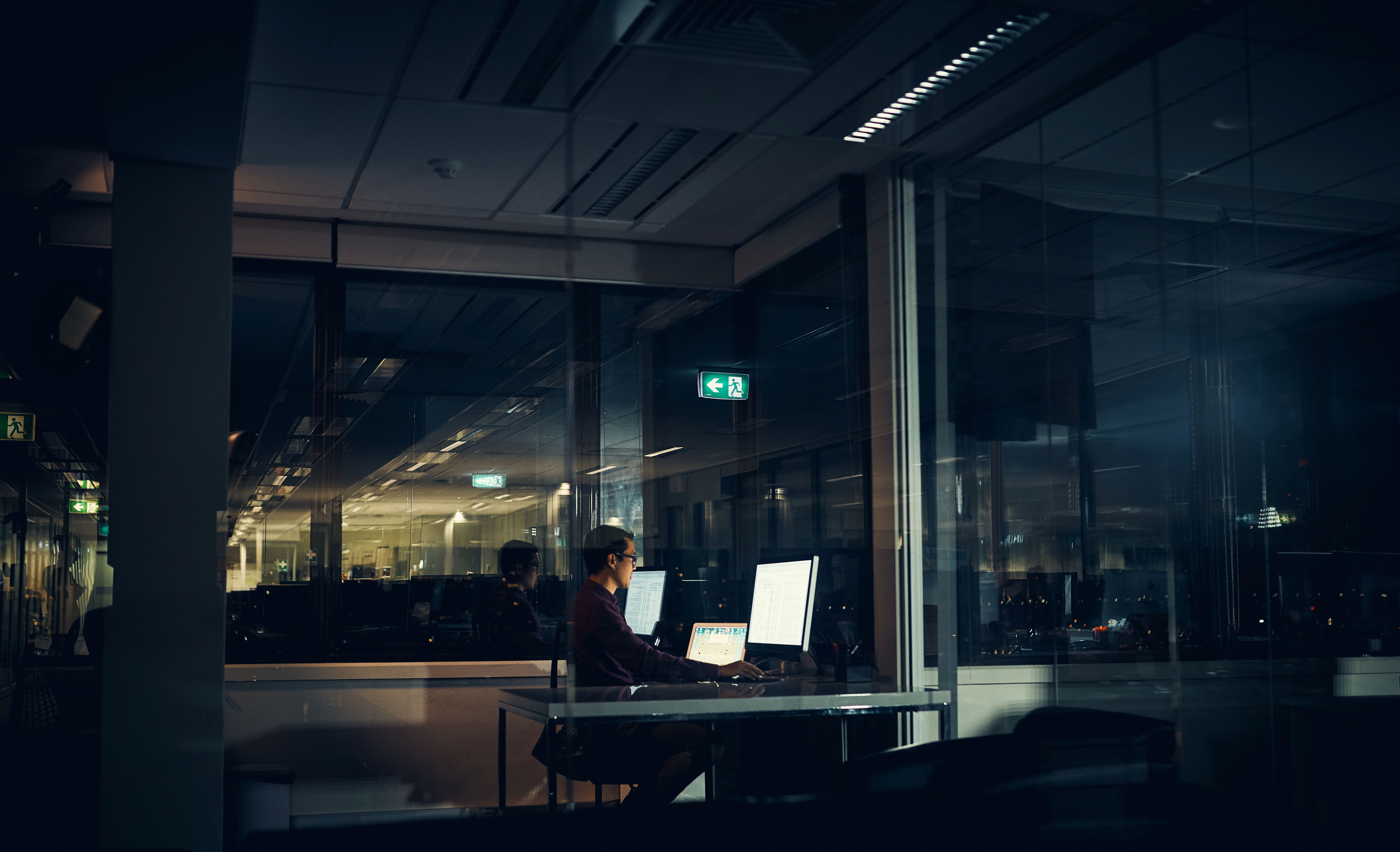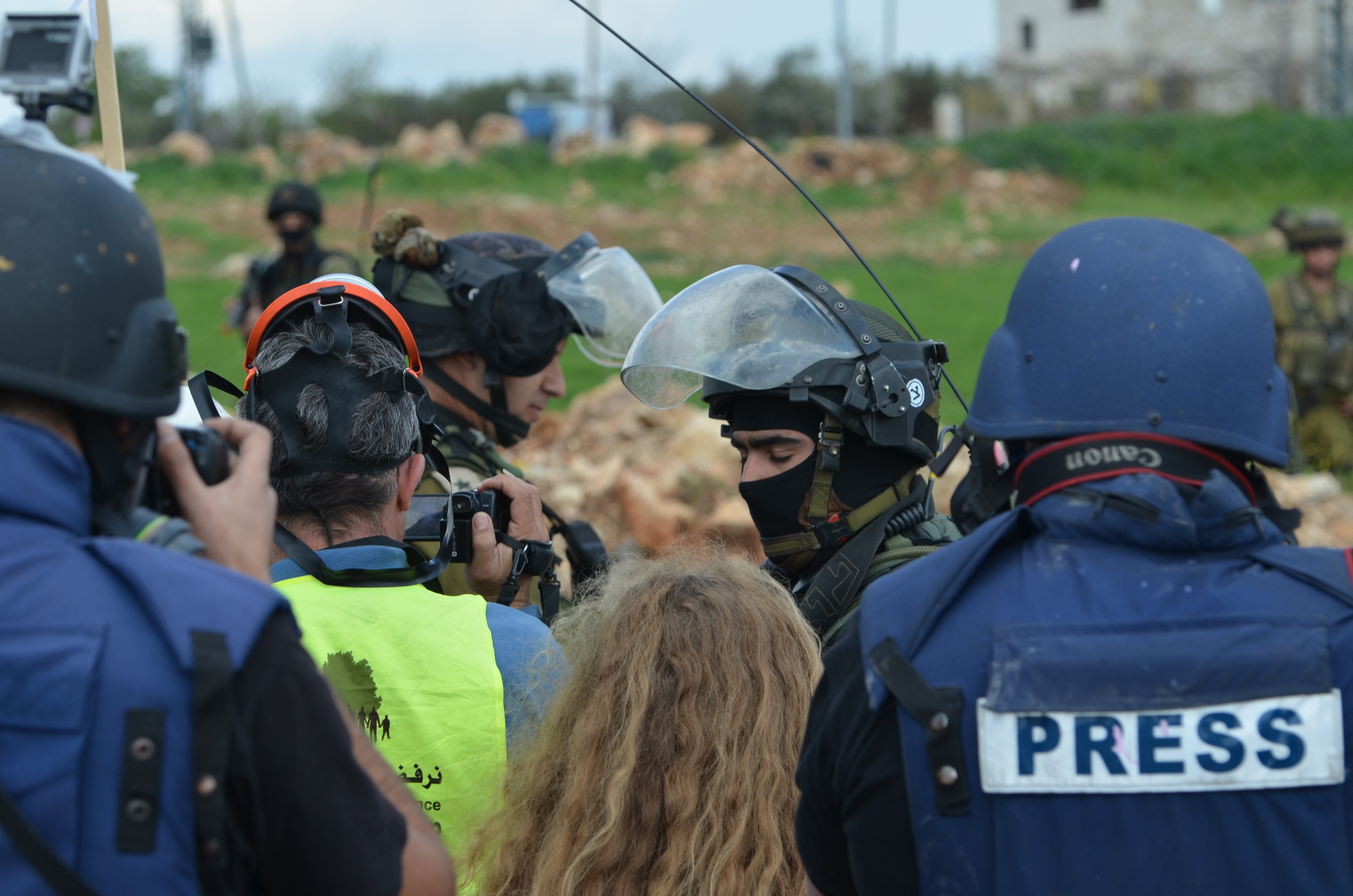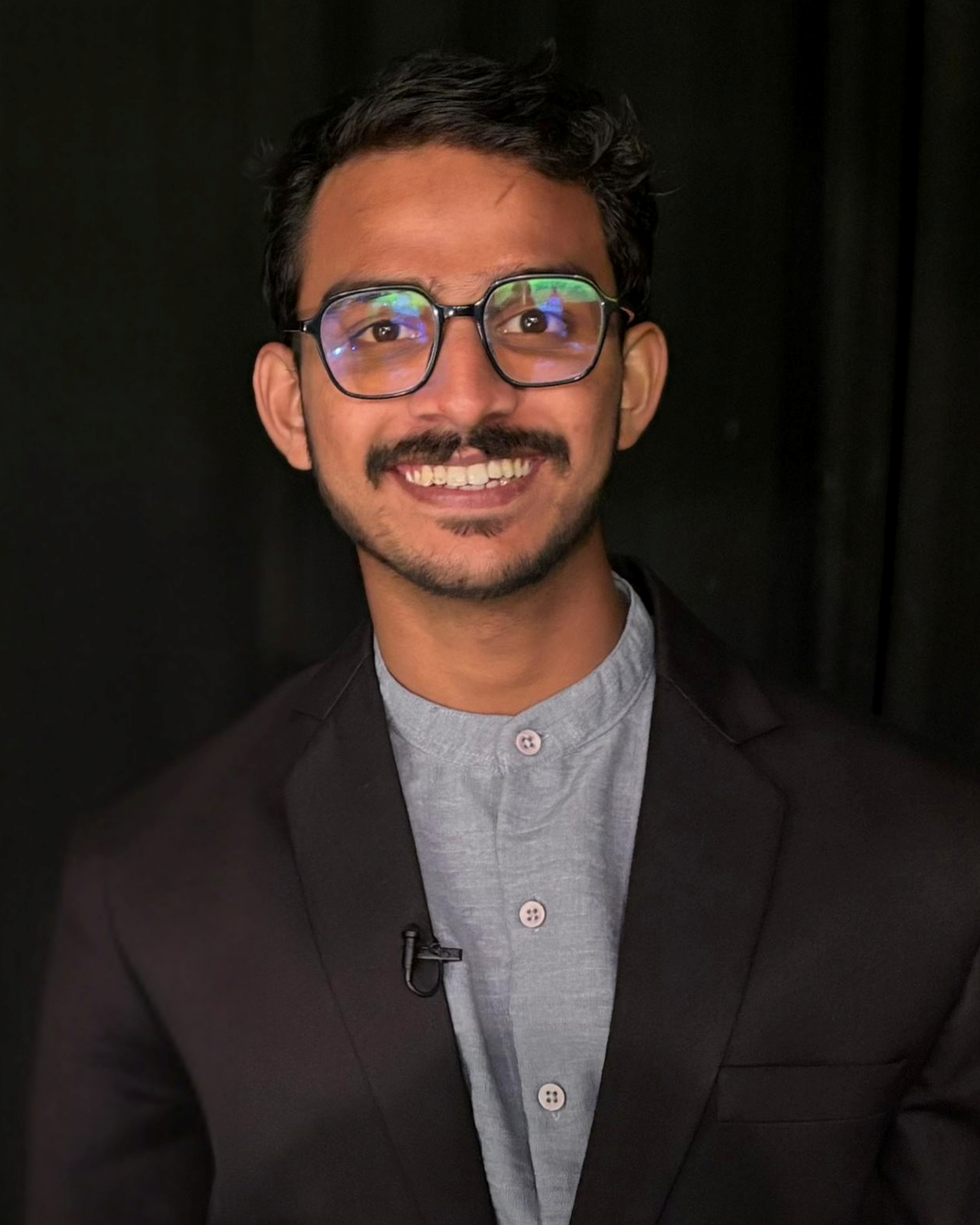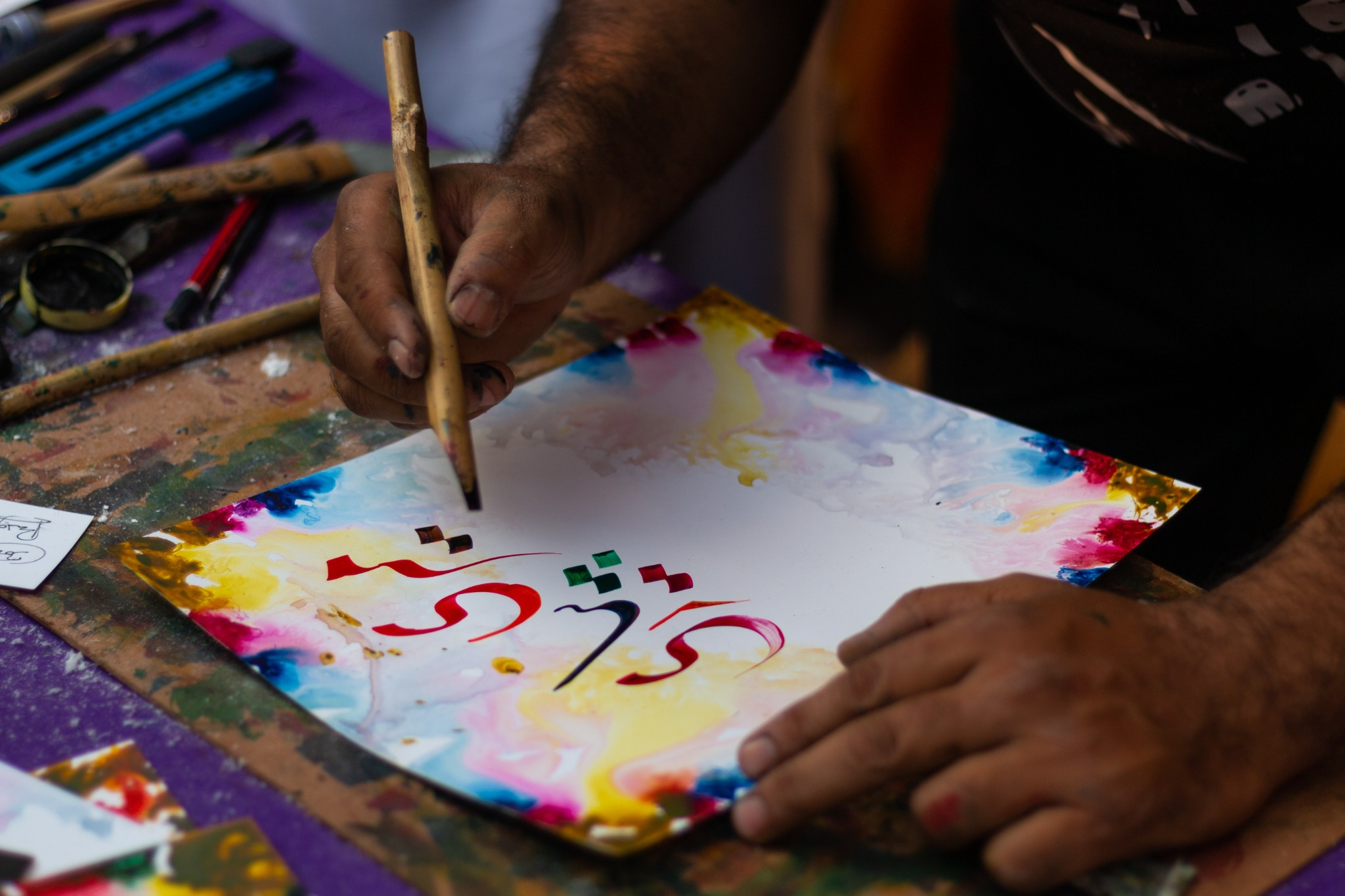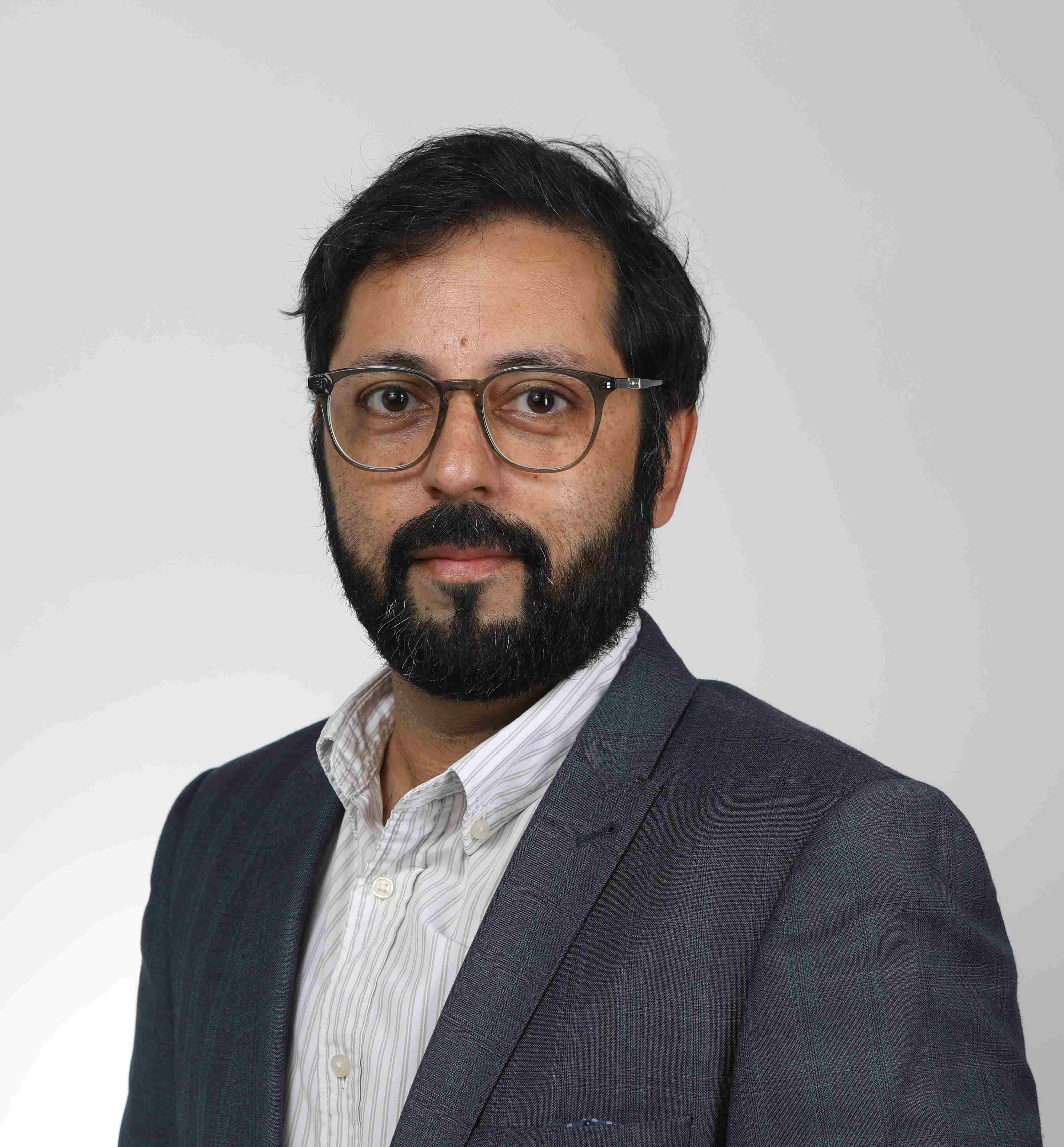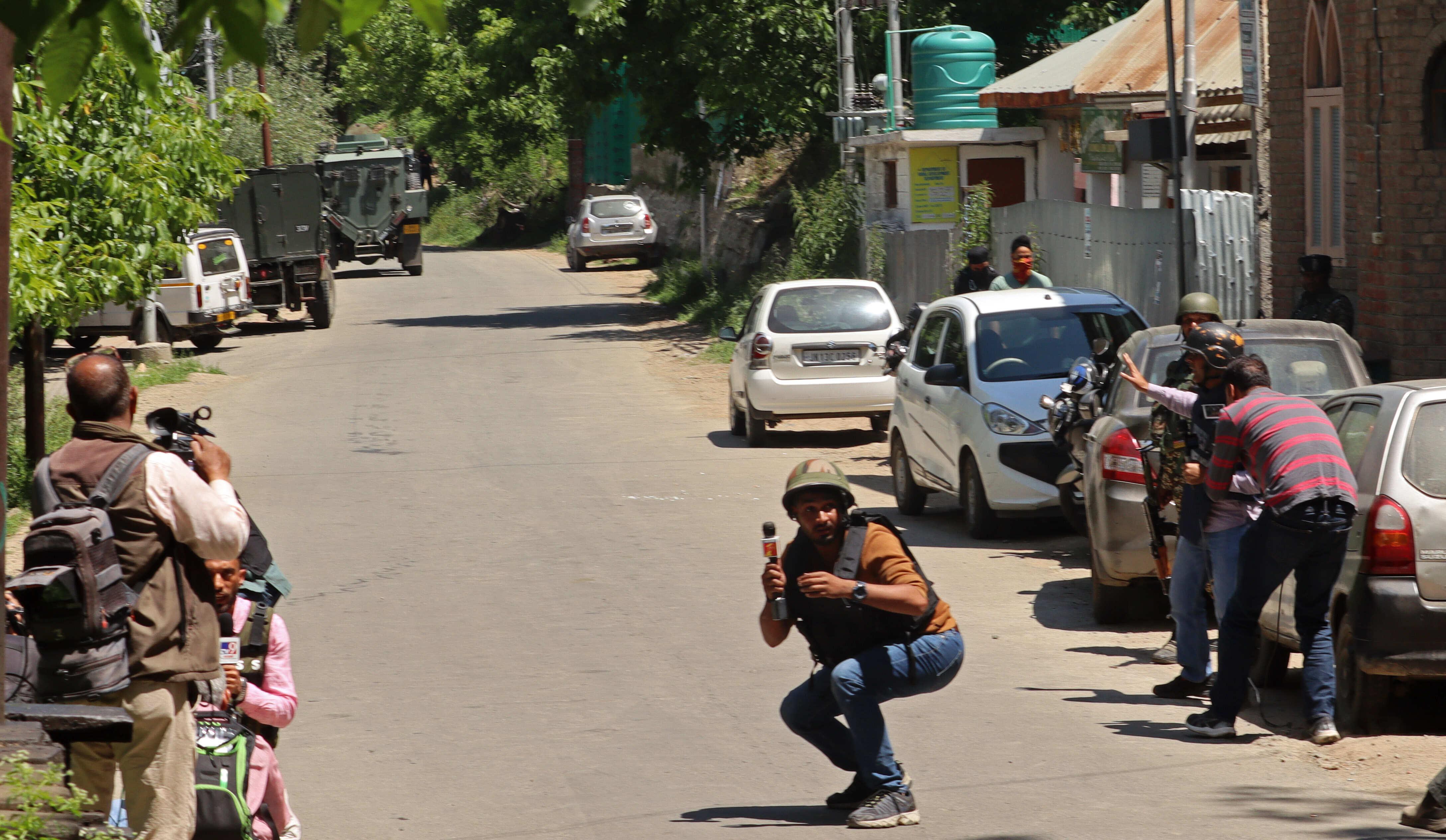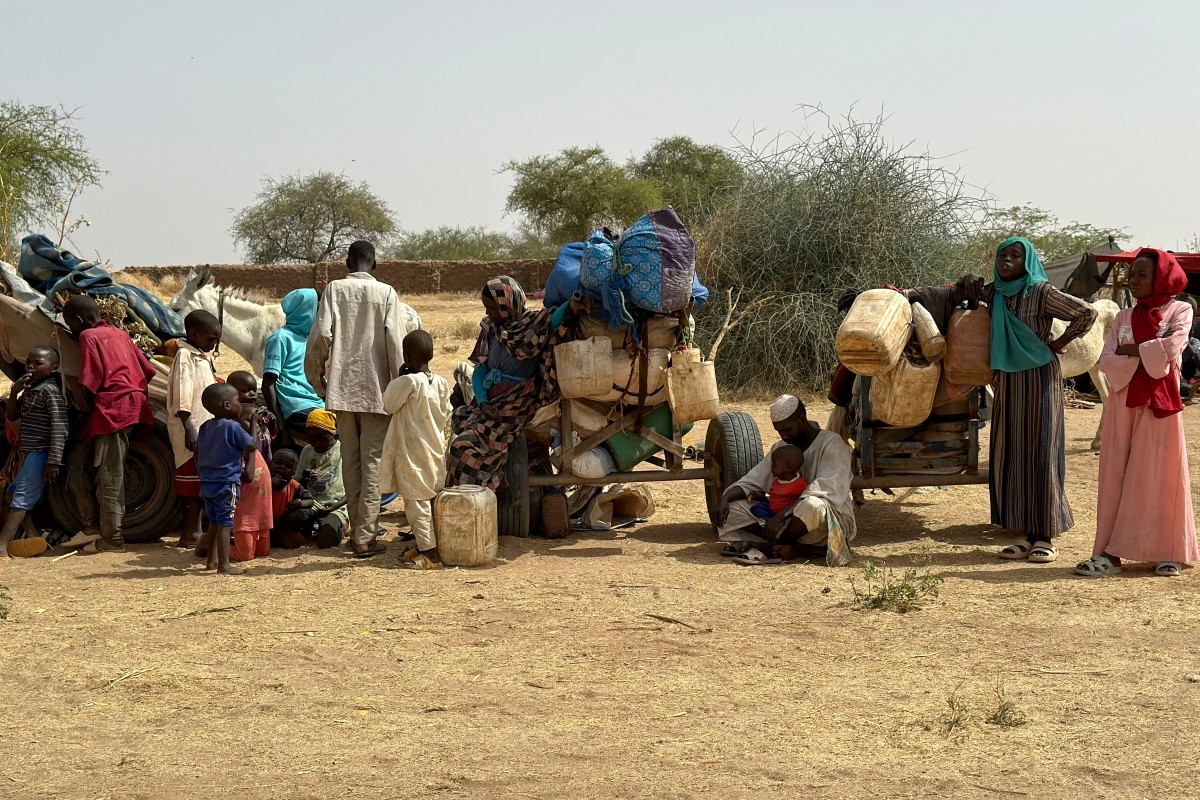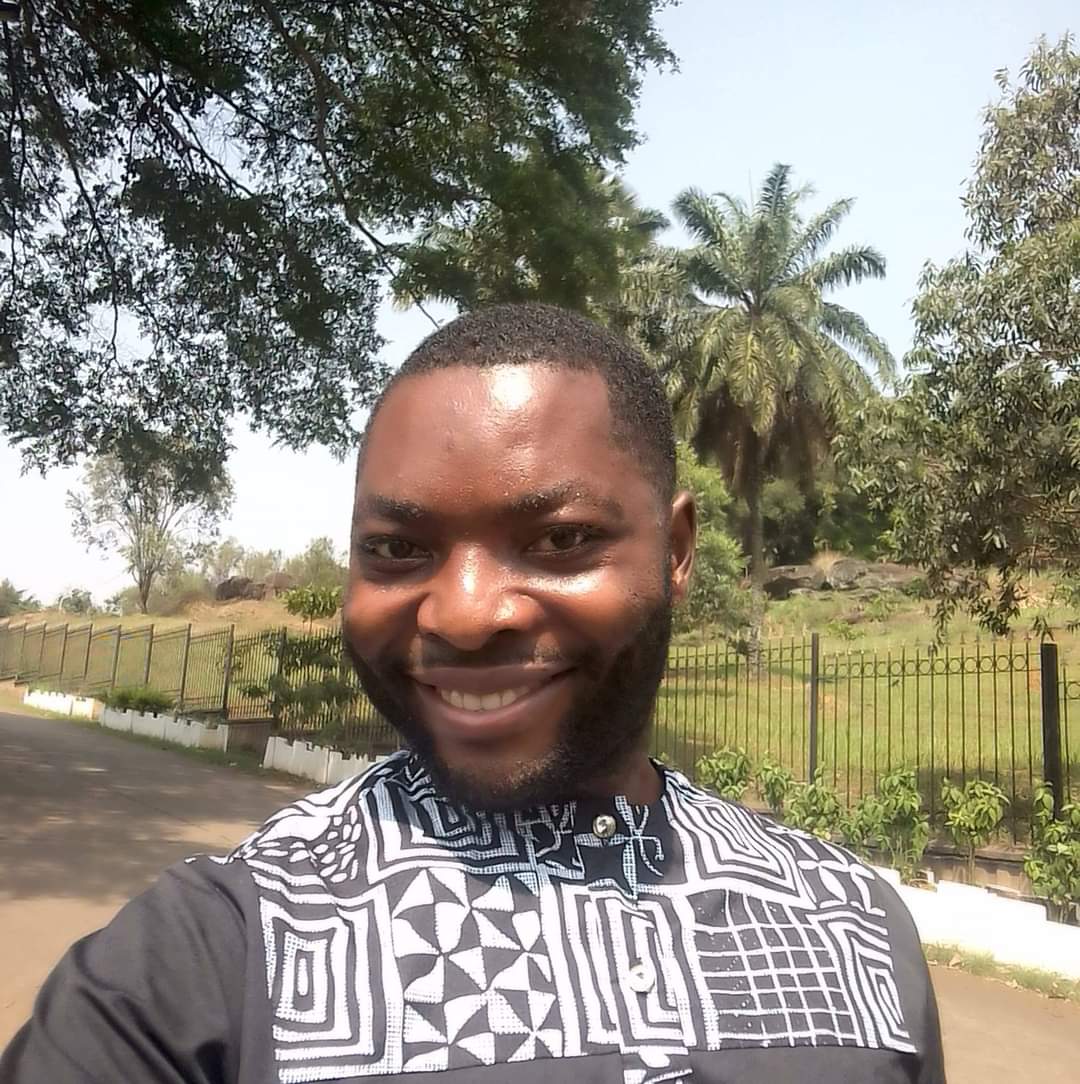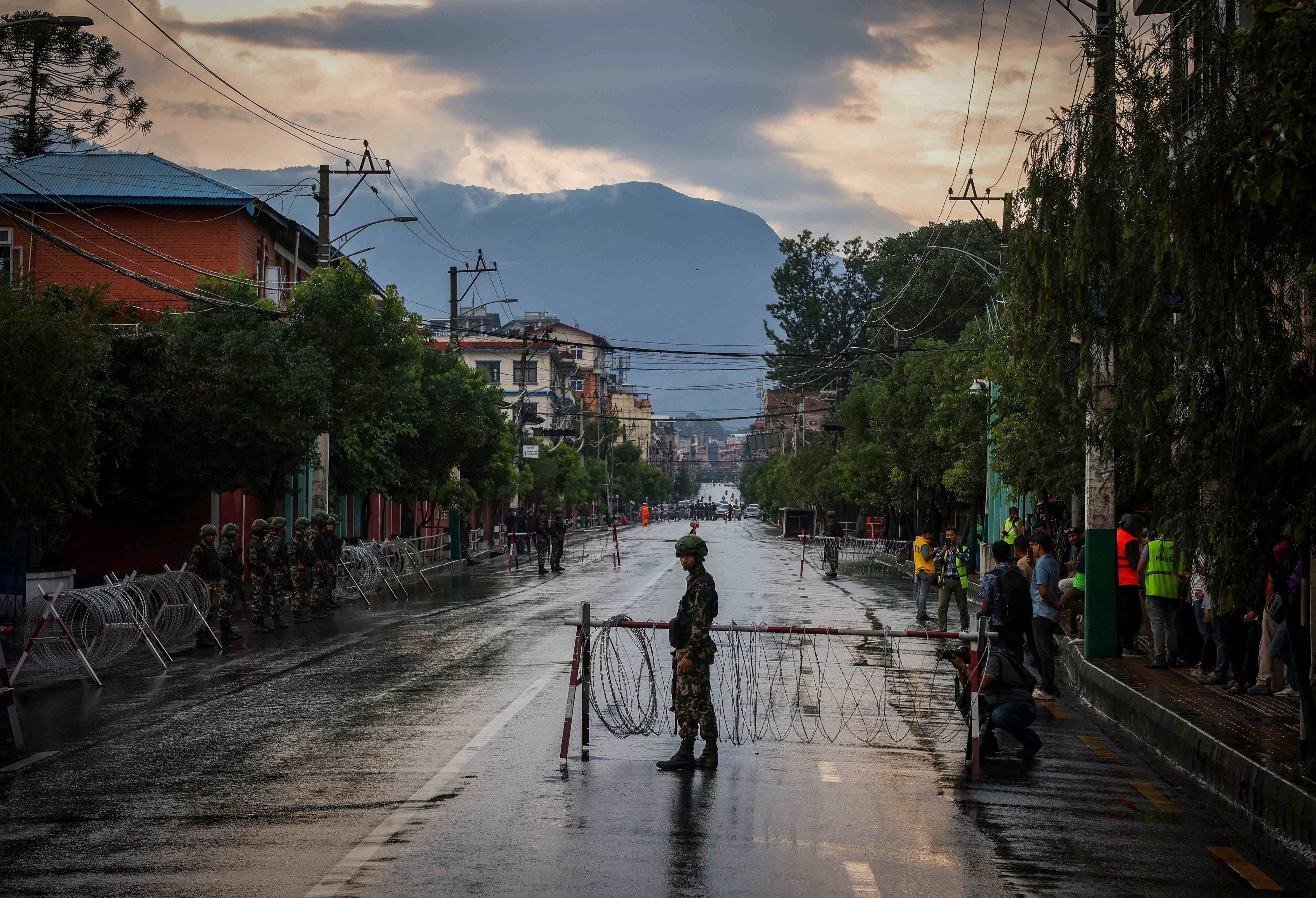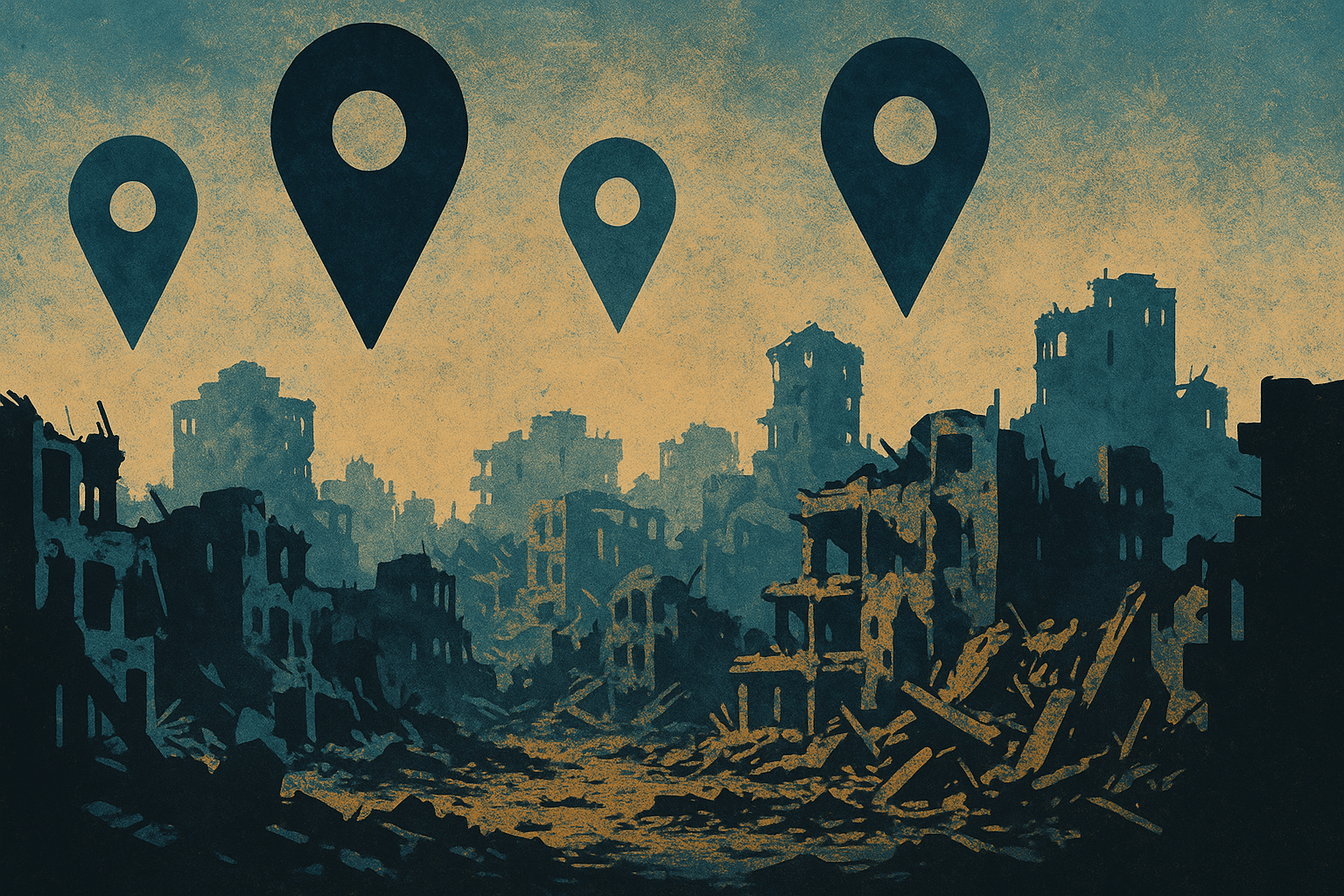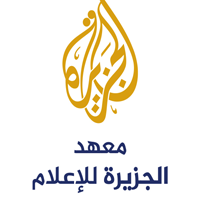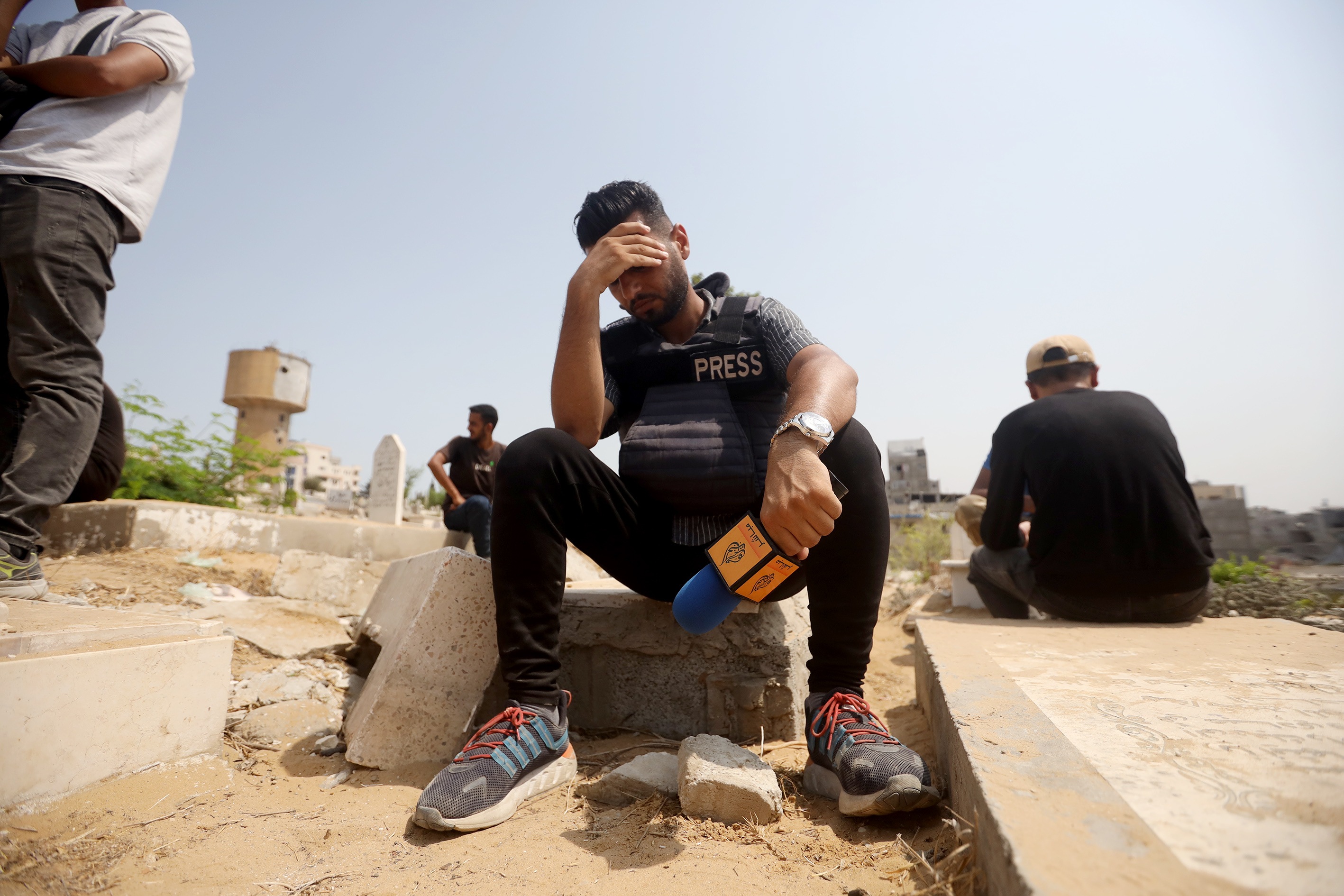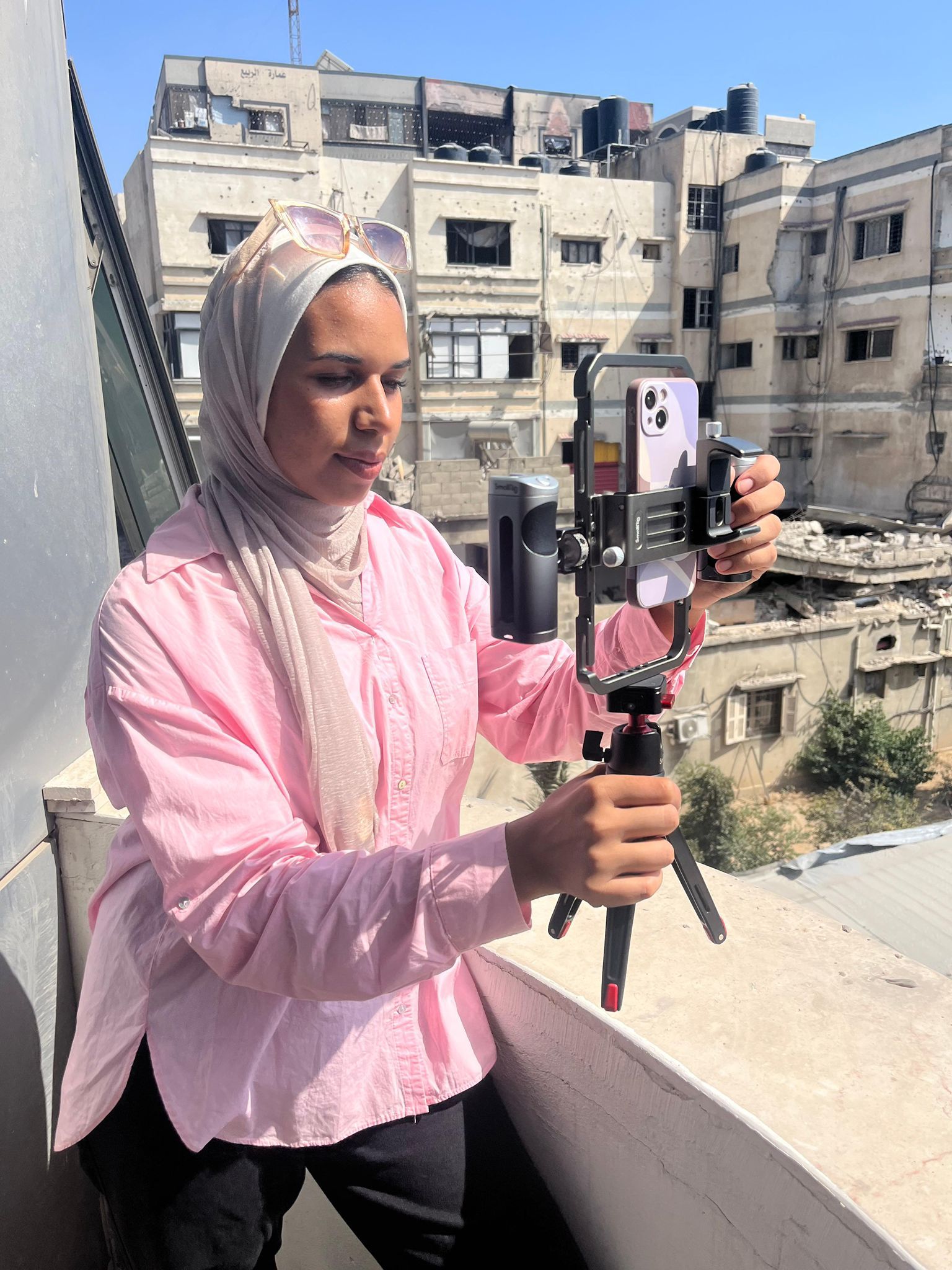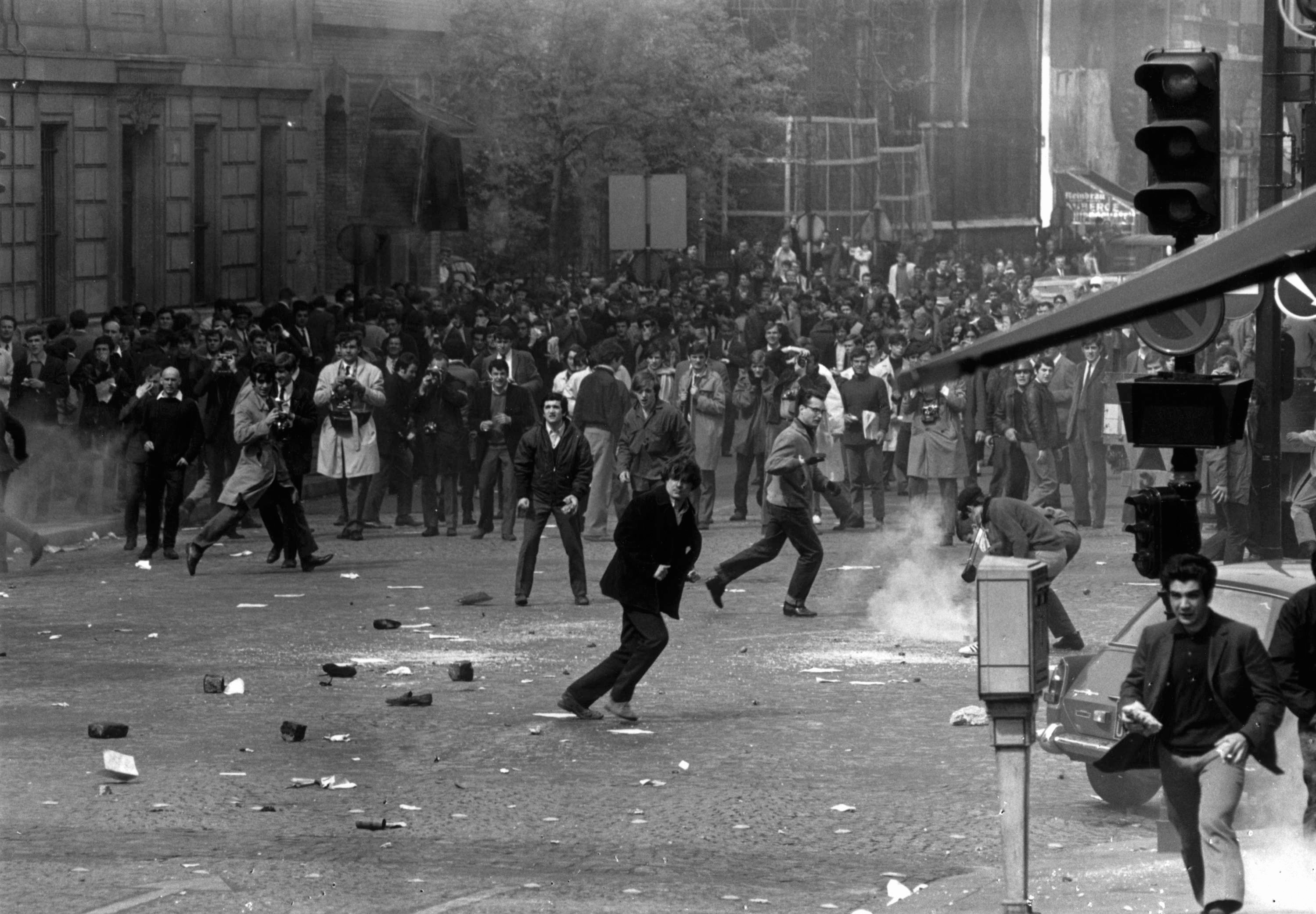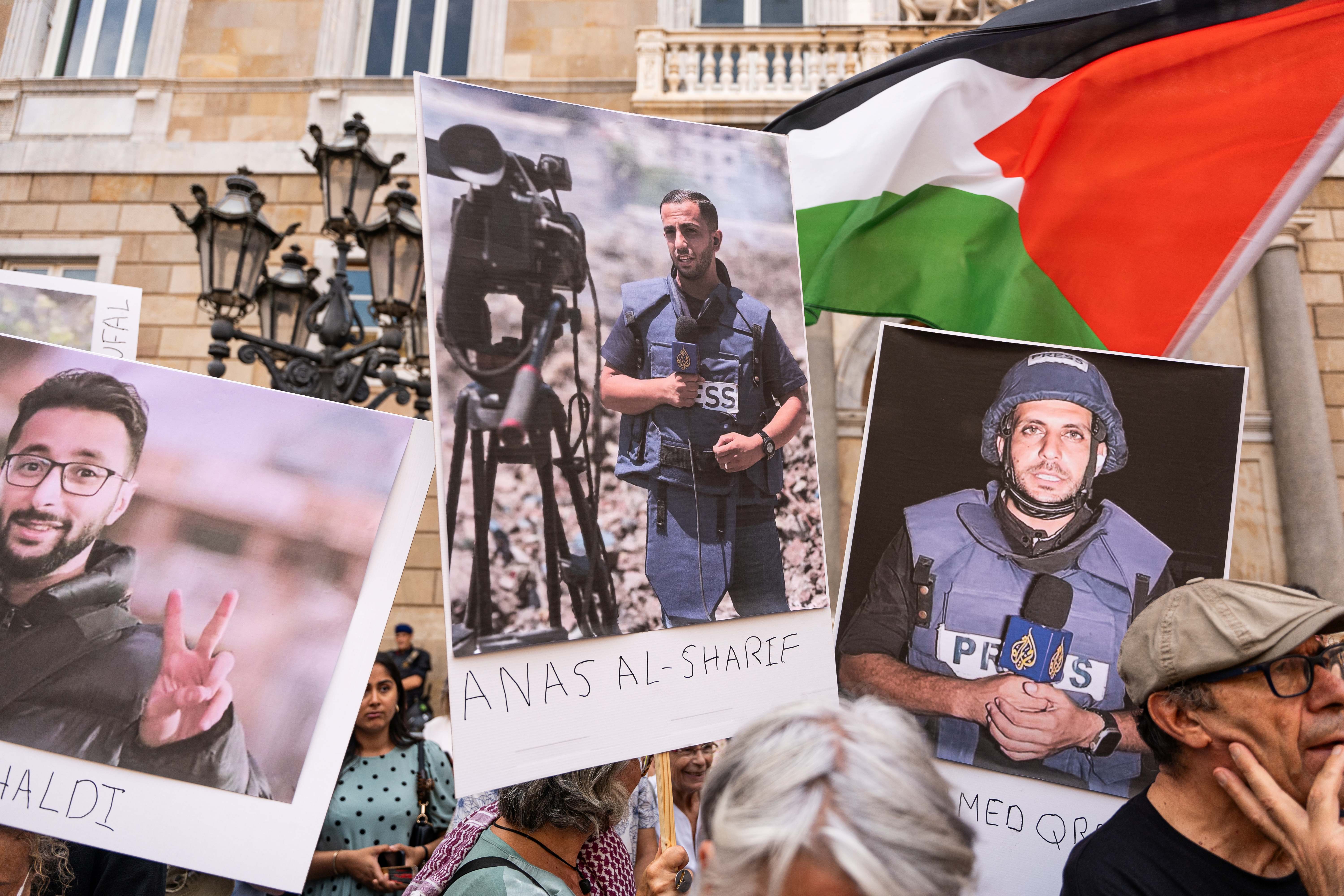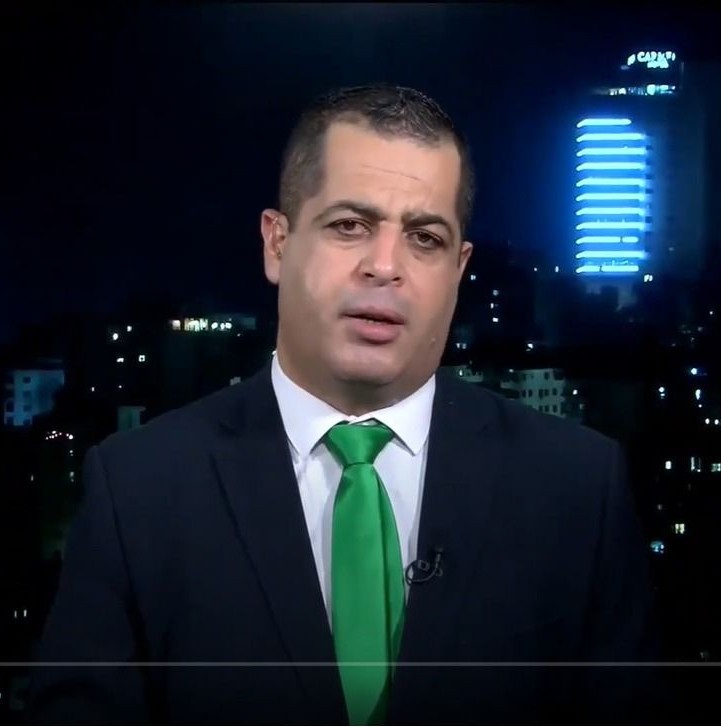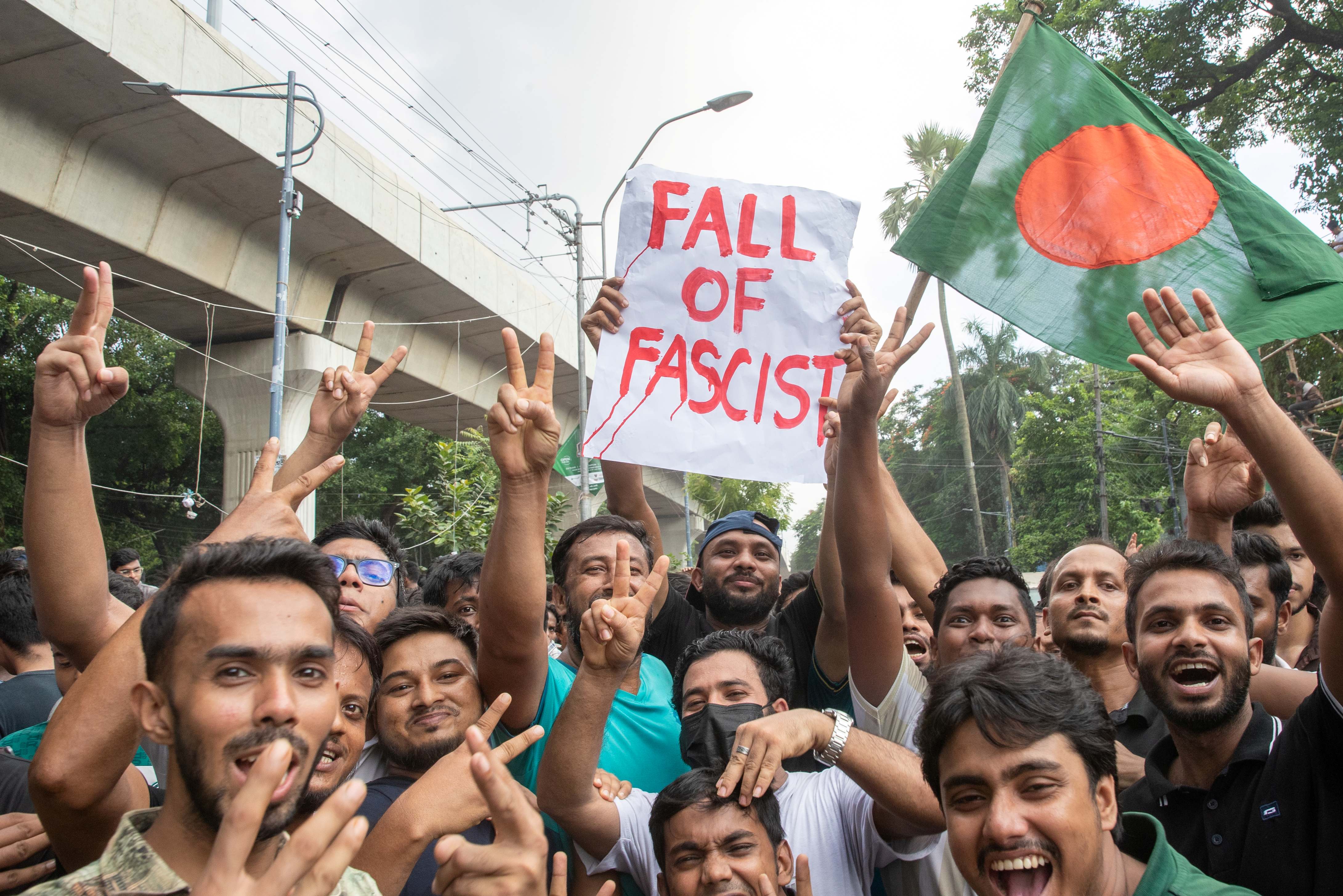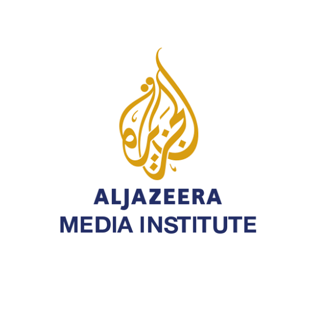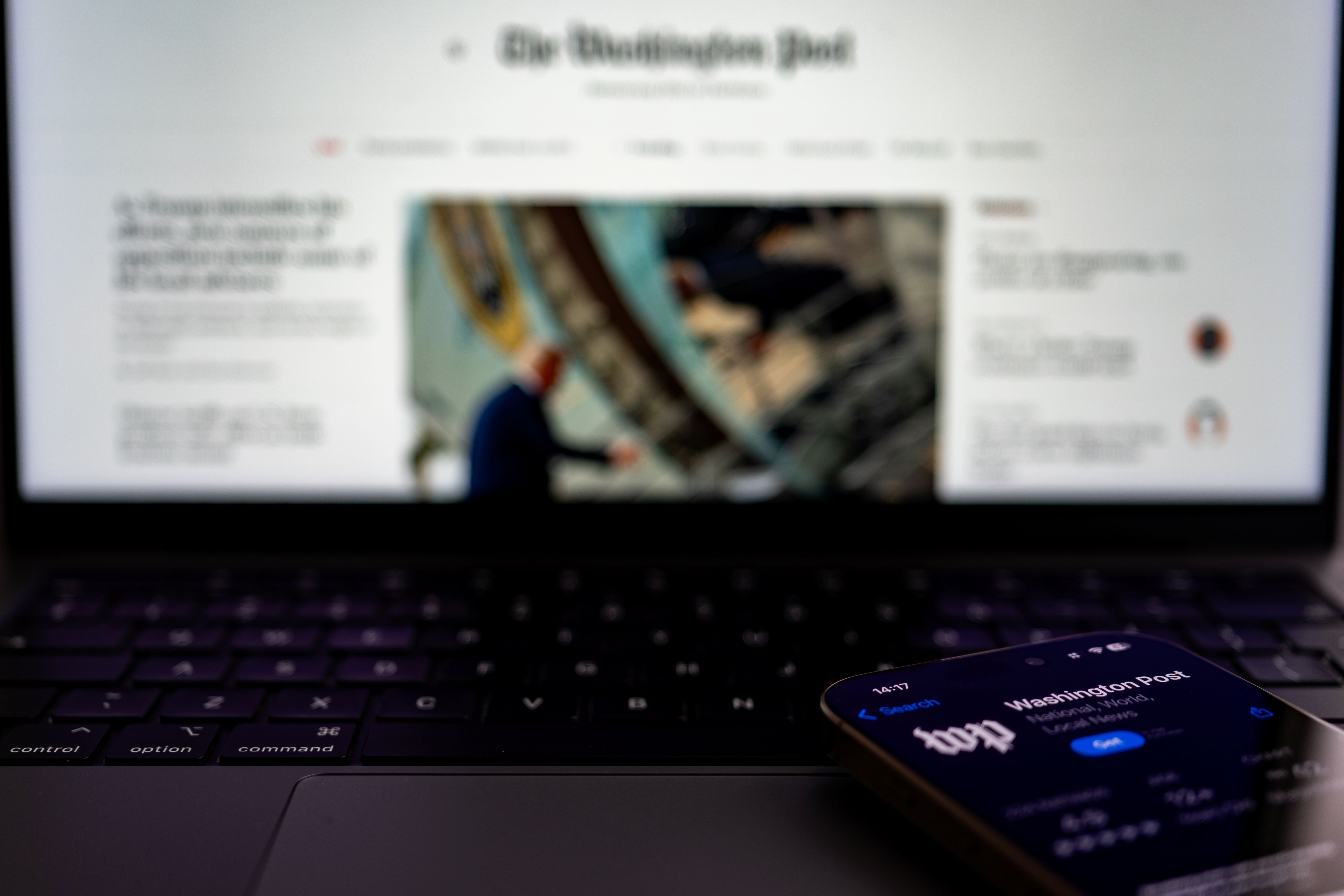يكفي أن تتهم السلطات صحيفة ما بالتمويل الأجنبي حتى يجد أصحابها أنفسهم مهددين بعقوبات ثقيلة، حتى وإن كانت الجهات التي قدمت تمويلا للصحيفة، هي ذاتها الجهات التي تقدم مساعدات سخية للحكومة. فأن تجد الصحافة دعما ماليا من جهات خارجية، أمر لا تقبله سلطات الكثير من بلدان المنطقة، ليس خوفا على استقلالية الصحيفة، ولا تخوّفا بالضرورة من نشر أجندات خارجية في البلد، ولكن بكل بساطة لأن أيّ دعم خارج مجالات الإعلانات المتحكم فيها، وخارج الدعم الحكومي الذي تقدمه السلطات، قد يعطي الصحيفة مساحات جديدة من الاستقلالية عما هو مرسوم سلفا من خطوط مرئية وأخرى غير مرئية.
لذلك يبقى الحديث عن نموذج اقتصادي مبني على التمويل الأجنبي في المنطقة أمرًا صعبًا نظرًا لكلّ القيود الموضوعة في أكثر من بلد على هذا التمويل، مع استثناءات بسيطة نجحت في ذلك إما لأن قوانين البلد أكثر مرونة، أو لإيجادها بعض الصيغ القانونية التي تتيح الاستنجاد بهذا التمويل بشكل غير مباشر.
التمويل والصحافة
المعروف أن الصحافة تحتاج إلى تمويل في البدايات، خاصة عندما يتعلّق الأمر بمؤسسات إعلامية كبيرة تعلن رأسمالا ضخما، وبعد ذلك يمكن أن تأتي مداخيل أخرى خاصة عبر الإعلانات. ويدرك المتتبع للصحافة الرقمية العربية (بما أنها الأكثر انتشارًا)، أن ذلك العهد الذي كانت فيه صحف رقمية تنطلق برأسمال صغير جدا وتحقق نجاحا اقتصاديا كبيرا دون الاستعانة بأيّ تمويل فيما بعد؛ قد ولّى.
فأينما وليت وجهك هناك رابط لموقع إلكتروني محلي، وبسبب كثرة المؤسسات الإعلامية (في المغرب مثلا 314 صحيفة إلكترونية سوّت وضعها القانوني عام 2019)، صار تحقيق أرقام متابعين كبيرة بما يتيح جذب المعلنين أمرًا عسيرًا للشركات الإعلامية التي تنطلق من الصفر، فكلّما كان الرأسمال الأوّلي كبيرًا، كانت الحظوظ أكبر لإيجاد موطئ قدم داخل السوق الإعلامية.
طبعًا الكلام النظري الذي درسناه جميعا يقول إن التمويل الأوّلي في الصحافة يبتغي غالبًا الربح، ما دامت المؤسسات الصحفية عبارة عن شركات. لكن في عالم الحقيقة، الكثير من المموّلين لا يريدون أن يربحوا ولا يهمهم ذلك، بقدر ما يهمهم خط تحريري يدافع عن مصالحهم. القصة تتكرر مع بعض المعلنين الذين قد يمنحون إعلاناتهم لصحيفة ليست لها أرقام متابعين كبيرة، ما دامت ستنشر مقالات تدافع عنهم.
التمويل في الصحافة هو أصل المشاكل كما هو أصل الحلول: هناك مموّلون واضحون يعلنون عن أنفسهم، وهناك مموّلون غير مرئيين لا يضخون بالضرورة المال بقدر ما يضخون النفوذ لصحيفة حتى تجد مكانها في السوق. وتأتي إشكالية أخرى اسمها الدعم العمومي لتزيد من الجدل، فهناك صحف تعيش فقط لأجل أن تحظى بنصيبها من هذا الدعم حتى وإن كانت لا تُقرأ حتى في المقاهي التي تعرضها مجانا، بينما المنطق يقول إن هذه الأموال العمومية هي للدعم فقط كما يدل على ذلك اسمها، وأن الصحيفة يجب أن تكون متوفرة مسبقا على نموذج اقتصادي يساعدها على النجاة.
لماذا التمويل الأجنبي؟
ما هي دوافع الأجنبي الذي يملك المال ليموّل الصحافة المحلية؟ لن نكون ساذجين لنفترض أن كل الممولين يريدون دعم حرية الصحافة وتمكين الصحفيين من موارد مالية جديدة، في ظل تراجع الإعلانات ودعم المؤسسات الصحفية التي تعاني تضييقا ماليا في بلدها، فهناك القوة غير الناعمة. ولكن كذلك، لا يمكن افتراض نظرية المؤامرة للاستنتاج أن كلّ من يحوّل مالا إلى صحيفة يبتغي من ذلك تنفيذ أجنداته، خاصة مع وجود منظمات دولية ذات مصداقية لم يثبت أنها حاولت التحكم في الخطوط التحريرية، اللهم إلا تشجيع المستفيدين على التطرق لقضايا ومهمات من صميم العمل الإعلامي.
والواقع أن دوافع المعلنين عبر العالم متعددة، فمثلا الدعم المالي الذي أعلن عنه كل من فيسبوك وغوغل للصحافة، يبدو كنوع من الإقرار بالذنب. هذان العملاقان امتصا إعلانات الإنترنت بسبب أسعارهما التنافسية ، ورغم أنهما كانا يعلنان عن برامج للدعم منذ سنوات، فإن جائحة كورونا دفعتهما لإعلان صناديق جديدة لمساعدة الصحافة على تخطي تداعيات الوضع. وكان دعم فيسبوك سخيا بشكل كبير بملايين الدولارات، لكنه ركز كثيرا على المؤسسات الأميركية ، في حين توصلت مؤسسات عربية فعلا بدعم مالي من غوغل في سياق صندوق أعلن عنه مؤخرًا.
وهناك دعم تقدمه الدول عبر وكالاتها الحكومية، كالذي تقدمه وكالة العون الأميركية (USAID) في سياق مساعدات واشنطن لدول كثيرة عبر العالم. غير أن الملاحظ أن هذا الدعم يبقى ضعيفًا مقارنة ببقية مجالات الدعم الأخرى، ولم يمثل في العام 2015 سوى ما نسبته 0.1% من إجمالي المساعدات الأميركية الخارجية .
ولمعرفة أهم الداعمين، يمكن الاستنجاد بالقائمة التي أعدها مركز الدعم الدولي للإعلام (CIMA)، فهناك الاتحاد الأوروبي قدم مساعدات بنحو 80.8 مليون دولار، ومؤسسة غيتس (23 مليونا)، ووزارة الاقتصاد الألمانية (20.2 مليونا)، ومؤسسة نايت للإعلام الدولي (25 مليونا)، والخارجية الهولندية (28.6 مليونا)، والوكالة السويدية الدولية للتعاون الدولي (42 مليونا). كل هذه الأرقام بالدولار وتخصّ العام 2016، ويُحتمل أن تكون قد ارتفعت في ظل معاناة الإعلام عالميًّا من جائحة "كوفيد-19".
والملاحظ في القائمة وجود مموّلين عموميين ومموّلين خواص، كما يظهر أن المستفيدين تعددوا عبر العالم، فالاتحاد الأوروبي دعّم أكثر مستفيدين في آسيا وإفريقيا وأوروبا، ودعّمت الخارجية الفرنسية بشكل أكبر البلدان الإفريقية، وهو التوجه نفسه لمؤسسة غيتس، وكذلك لوزارة التعاون الاقتصادي الألمانية، في حين وجهت مؤسسة نايت للإعلام الدولي الأميركية جلّ أموالها إلى أميركا الشمالية، وكذلك فعل صندوق ديمقراطية الإعلام الأميركي.
تتنوّع أشكال الدعم المالي الأجنبي، فهناك المنح المالية التي تتم على مدار سنوات، وهناك العمل التعاقدي مع الجهة المانحة، وهناك القروض، وهناك الاستثمار المالي. وهناك منح تعطى لمشاريع محددة كتطوير الابتكار، فضلا عن أشكال أخرى لا تكون بالضرورة مالية، كالتدريب والاستشارة والتشبيك . ويمكن للجوائز أن تدخل كذلك في هذا السياق، لكني شخصيًا أرى أن الجوائز التي يحصل عليها الموقع هي المعنية، لا التي يحصل عليها الصحفيون داخله لأنها تبقى ملكا لهم.
هل هذا التمويل كافٍ؟
بعد أن يقضي الصحفي سنوات من العمل في هيئات التحرير، قد تأتيه فكرة أن يبدأ مشروعه الإعلامي الخاص، دون نسيان أن هناك من تأتيه الفكرة دون أن يعمل عند أحد! والأكيد أنه عندما يفاضل الصحفي بين أن يكون رئيسًا -ولو على نفسه- وأن يكون مرؤوسًا، سيختار الحلّ الأول. الفكرة تبدو جذابة بشكل كبير، لا سيما أن الشركات الناشئة عبر العالم صارت كنوع من "الترند"، غير أن مشكل التمويل حاضر بقوة.
وفي هذا السياق، لم يعد النموذج الاقتصادي للشركات الإعلامية بذلك الشكل التقليدي الذي عرفه القطاع منذ عقود، فإن كانت الصحافة المطبوعة قد ركزت على الإعلانات أولا ثم المبيعات وأحيانا على الدعم الحكومي أو الحزبي لأجل الاستمرار، فإن الصحافة الرقمية غيّرت من طبيعة المداخيل بشكل كبير، والتمويل الأجنبي ليس سوى أحد وجوه هذه المداخيل.
وإن كان هذا التمويل سخيا في الكثير من المرات، وقد يصل إلى تغطية تكاليف بضع سنوات من العمل، فإن الاعتماد عليه يشكّل خطرا على استمرارية الشركات الإعلامية، فهو مرتبط بسياسة المانحين التي قد تتغيّر، ومرتبط بقوانين البلد حيث توجد الصحيفة، فهذه القوانين قد تتمطط لتسمح به وقد تتقلص لتمنعه بين عشية وضحاها. كما أن أكبر تحدٍّ جاء مع هذا التمويل، هو عدم دفع الصحفي إلى التفكير بمنطق السوق، معتقدا أنه محصّن من الإشكاليات المالية، ليستيقظ ذات يوم على حقيقة أن مدخرات التمويل شارفت على الانتهاء.
في كتاب "النشر عن الفول السوداني" (Publishing for peanuts) الذي درس عشرات الشركات الصحفية الناشئة، يخلص المؤلفون إلى أن الداعمين يطلبون من هذه الشركات أن يكون لها مخطط للاستدامة المالية، وبالتالي فالدعم المقدم لها يقتصر على البداية فقط، على أساس أن تستمر في السوق عبر إيجاد طرق للربح. ولذلك يُطلب منها التفكير في كيفية التنافس داخل السوق بدل التركيز فقط على ما يتعلّق بالتحرير.
ولذلك تجد الشركات الناشئة -حسب الكتاب- نفسها ملزمة بتنويع طرق الدخل، وعدم الارتهان إلى التمويل الأجنبي، ولا إلى الإعلانات التقليدية. ومن الأمثلة موقع "مافيريك" من جنوب إفريقيا، الذي يعمل على احتضان أحداث ومؤتمرات، ونشر كتب، ومشاركة المحتوى، وإدارة دار إنتاج للتعاون الإعلامي. كما يقوم موقع "حبر" الأردني بإيجاد مداخيل عبر إدارة ورشات لصحافة المواطن وللمواقع الاجتماعية لفائدة المنظمات غير الحكومية، بينما فعّل الموقع الهندي 'إنديا سبند" زر التبرّع المباشر في الموقع بمبالغ بسيطة.
ولنأخذ أمثلة أخرى غير ما ورد في الكتاب، فموقع "درج" اللبناني يؤكد أنه لجأ إلى تمويل دولي من ثلاث جهات هي مؤسسة "المجتمع المنفتح" الأميركية، ومنظمة دعم الإعلام الدولي الدانماركية (IMS)، والمؤسسة الأوروبية من أجل الديمقراطية، على أن يبتغي الربح في مرحلة لاحقة.
وعكس "درج"، اختار موقع "إنكيفادا" التونسي الاستمرار على خط غير ربحي، من خلال منظمة "الخط" غير الربحية التي تشرف ماليا على الموقع، وهي المنظمة التي تأتي جل مواردها المالية من خدمات تقدمها كالدورات التدريبية وبرامج التربية على وسائل الإعلام. وقد توصلت المنظمة بدعم من عدة جهات دولية مانحة كمؤسسة "المجتمع المنفتح" وأكاديمية "دويتشه فيله"، ومنظمة "صحافة حرة غير محدودة" الهولندية.
ويؤكد الموقع أنه اختار هذا المنوال بدلا من الإعلانات لأجل "خلق الاكتفاء الذاتي" وتوفير "الفرصة لتأمين الاستقلالية التامة لفريق التحرير إزاء الضغوطات المحتملة، السياسية منها أو المالية". لكن الأهم أن الموقع لم يرتهن إلى المنح الدولية لوحدها، وبحث عن مداخيل أخرى تتيح له الاستمرار إذا ما توقف المانحون عن الدعم.
خلاصة القول أنّ التمويل الأجنبي يمكن أن يساهم في ظهور وتطوير شركات إعلامية متى كانت الإمكانية القانونية للتوصل به قائمة، غير أنه لا يمكن أبدا الاعتقاد بأن وسيلة إعلامية ما ستخلق نموذجًا اقتصاديا يقوم على هذا التمويل لوحده. صحيح أنه في ظل الظروف الاقتصادية السيئة التي تخيّم على المنطقة، وفي ظل تخوّف الصحفيين من أن يتحوّلوا إلى أدوات دعاية لأنظمتهم أو لشركات معينة، تظهر المنح المالية الدولية كطوق نجاة، لكنه طوق مرحلي تتحكم فيه عوامل كثيرة، منها أساسا أن المانح قد يردّ عندما تطالبه بمنحة جديدة: "دعمناك سابقا.. دعنا ندعم غيرك".
مصادر:
1- كيف أصبحت الصحافة تحت رحمة الشبكات الاجتماعية: https://institute.aljazeera.net/ar/ajr/article/1032
2- https://www.facebook.com/journalismproject/programs/grants
3- https://newsinitiative.withgoogle.com/journalism-emergency-relief-fund
4- https://gijn.org/2016/03/17/investigative-journalism-and-foreign-aid-a-huge-return-on-investment/
5- https://www.cima.ned.org/donor-profiles/
6- An Introduction to Funding Media and Journalism, developed by Ariadne and the Transparency and Accountability Initiative and written by Sameer Padania:
https://www.ariadne-network.eu/introduction-funding-journalism-media
7- Publishing for peanuts Innovation and the Journalism Start-up, By JJ Robinson, Kristen Grennan, Anya Schiffrin Columbia University School of International and Public Affairs: https://www.cima.ned.org/wp-content/uploads/2015/11/PublishingforPeanuts.pdf
8- https://daraj.com/who-we-are/
9- http://alkhatt.org/financement/
10- https://inkyfada.com/ar/%D9%85%D9%86-%D9%86%D8%AD%D9%86


